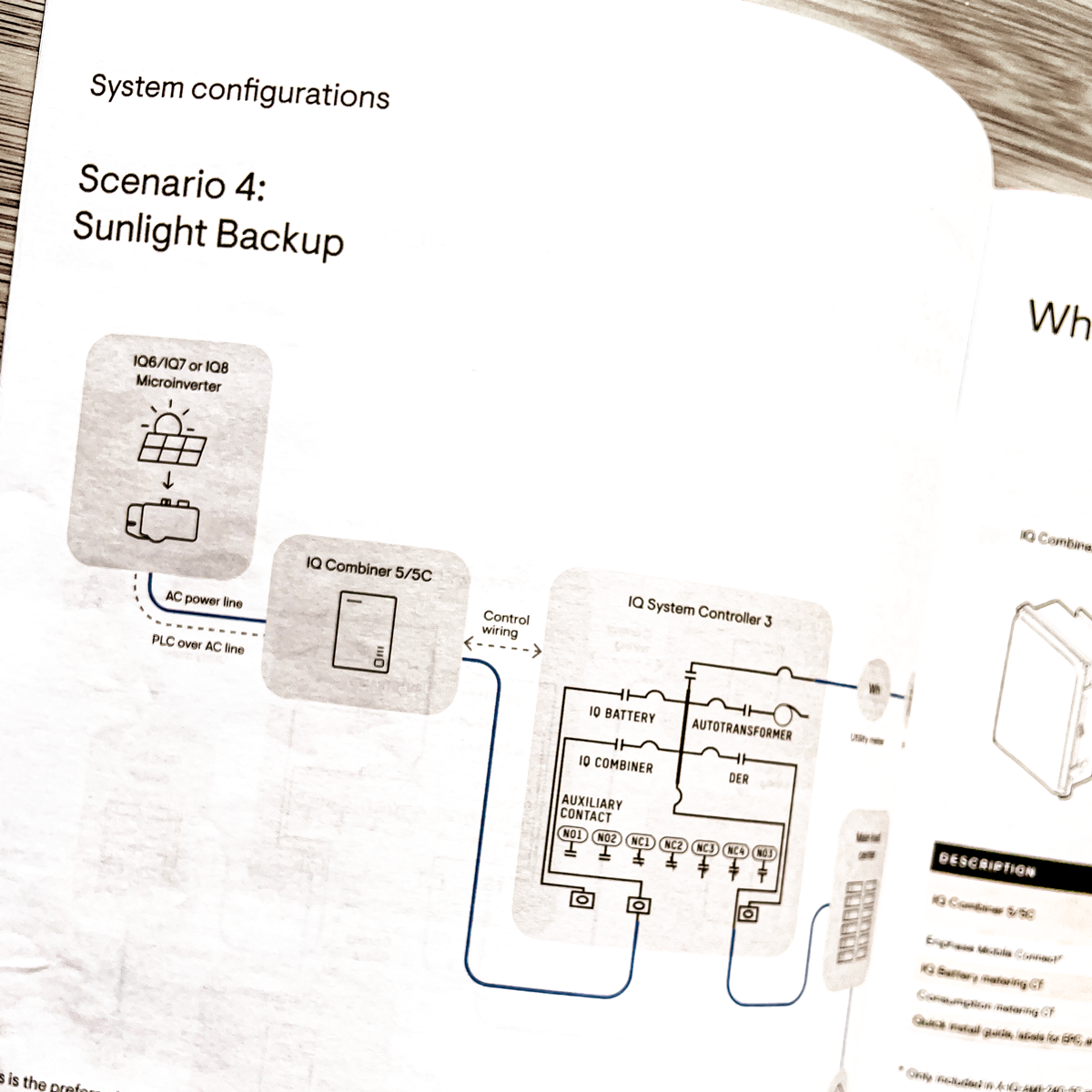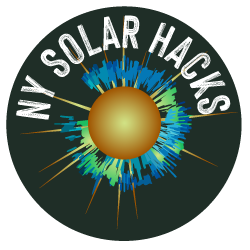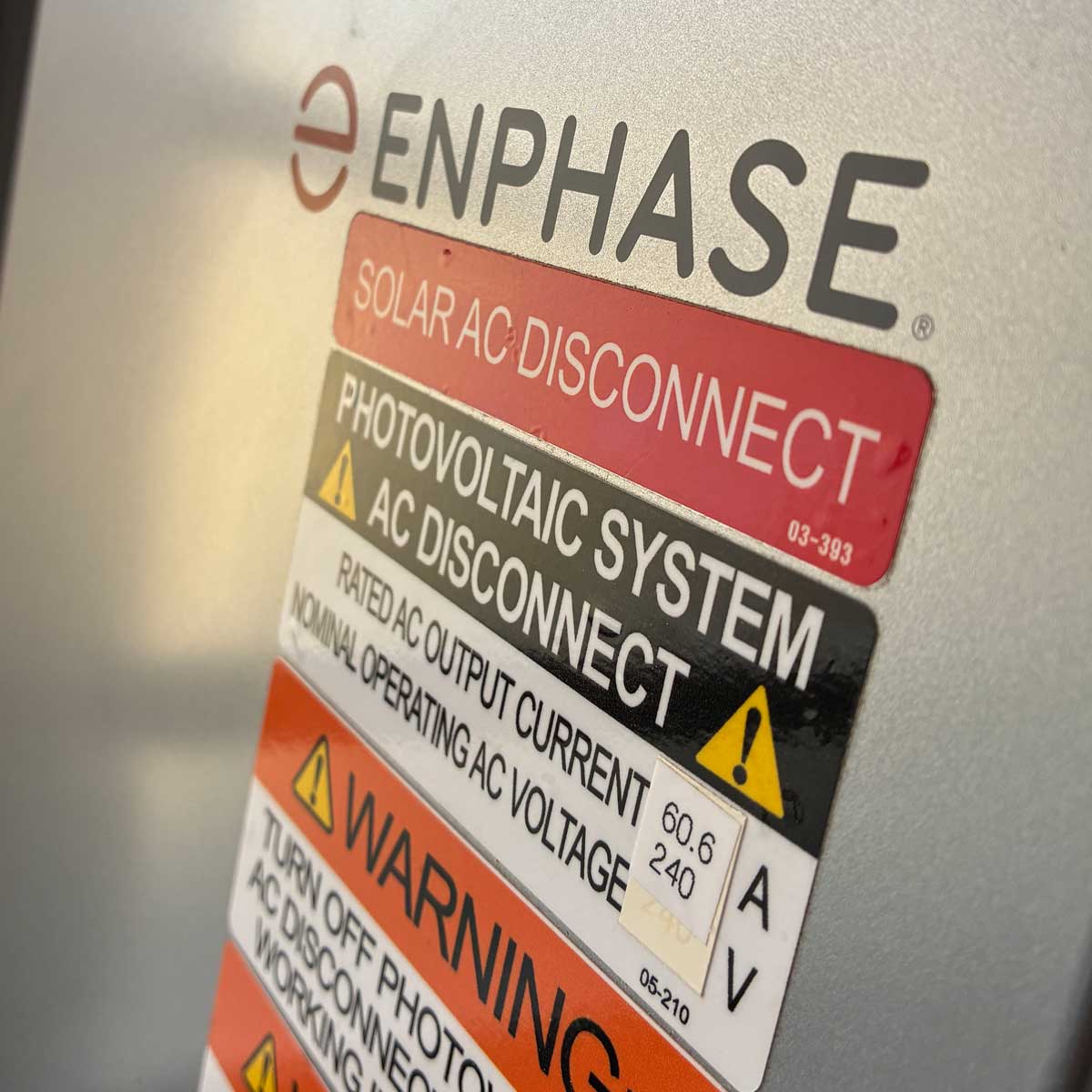Yikes the Power Grid is Down!
If you’re a homeowner in New York considering solar, one of the big questions is: can I keep the lights on when the grid goes out? The short answer: yes — with the right setup, you can generate your own solar power, and if you add a backup battery system, you can stay powered even during the night.
Grid-Tied vs. Solar + Battery — What’s the Difference?
- Grid-tied with net-metering: Your solar panels feed power into the grid when you generate extra, and you draw from the grid when needed. It’s the most common setup and it reduces your utility bills.
- Grid-tied + Sunlight backup: Same solar panels, and a system controller , and load controller (the latest tech from N-Phase uses a IQ6 combiner). During a blackout while daylight, your panels can power essential circuits or your full home depending on size and configuration. Sunlight back up can run, internet, computer, refrigerator and a few other ‘low load’ items without a battery
- Grid-tied + battery backup: Same solar panels, but you also install a battery system. During a blackout (or during peak-rate times) your battery can power essential circuits or your full home depending on size and configuration.
However, with the right solar equipment and system design, it’s possible to keep your lights on, even without a battery — at least during the day.
When the power goes out, most homes go dark — but with the right solar setup, you can keep your lights on. New York homeowners are increasingly turning to solar power systems that combine solar panels, battery storage, and net-metering to stay efficient and resilient. Using the latest technology, it is possible to create power during the day, even without batteries or when the grid is down.

How That Works
Certain hybrid or advanced inverters (sometimes called “islanding” or “secure power supply” inverters) can temporarily disconnect your solar system from the grid during an outage and directly power your home from the energy your panels generate in real time.
Here’s what that means in practice:
-
During daylight hours, as long as the sun is shining, your panels can supply limited power to essential outlets or appliances.
-
At night or on cloudy days, you’ll need grid power or stored energy from a battery system if you want continuous electricity.
-
With a battery backup, your home can stay powered 24/7, regardless of weather or time of day.
So, even without batteries, a properly configured system can keep essentials running during the day — lights, small appliances, or phone chargers — depending on your inverter model and system design.
Homeowner Checklist: Is a Hybrid Solar Inverter Right for You?
System Design & Equipment Considerations for a Hybrid Solar Inverter:
-
You’re installing a new solar system or upgrading an older one (hybrid inverters work best in new installs).
-
You want a future-ready setup that can integrate batteries, EV chargers, or smart home tech later.
-
Your installer offers inverters that support islanding or “secure power supply” features (e.g., Enphase IQ8, SolarEdge Home Hub, SMA Sunny Boy).
-
You’re okay with limited power during the day — usually one or two outlets or a small circuit — unless you add a battery.
In Summary
Basic solar systems: Shut off during outages for safety.
Hybrid inverters (no battery): Can power limited circuits directly from the sun during the day.
Solar + battery systems: Offer full backup power day and night.
The information in this post is based on our own experience and research and is provided for general guidance only. You should assess your own circumstances and determine what approach best suits your needs. However, we hope that this will help you make a more informed decision.
If you want flexibility, future battery compatibility, and some daytime outage protection, a hybrid inverter is a smart middle-ground.
If you need whole-home backup and full independence from the grid, go for a solar + battery system instead.

